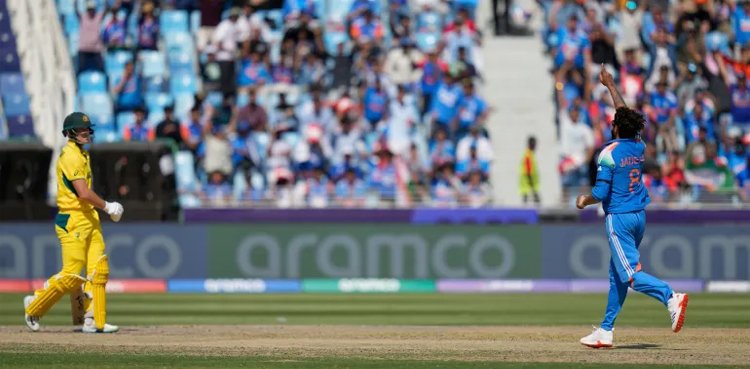Karachi, 29 May 2025 – According to the most recent currency market data, the open market exchange rate of the UAE Dirham (AED) is 76.44 PKR against the Pakistani Rupee (PKR).
This stability is a result of a time of peace for the exchange of AED and PKR, supported by consistent remittances and solid economic conditions in Pakistan and the UAE.
Understanding the AED-PKR Exchange Rate
The UAE Dirham-Pakistani Rupee exchange rate is influenced by market forces and intervention by central banks. The Dirham has been fixed against the US Dollar at about 3.67 AED/USD since the UAE Central Bank established this framework in 1997. The fixed exchange rate serves to uphold the Dirham’s relationship with the US Dollar, supported by the UAE’s oil-based economy and attempts to expand into other industries.
It is, on the other hand, the value of the PKR that is managed under a floating exchange rate regime. Our analysis indicates that it is primarily guided by the demand and supply for foreign exchange. The State Bank of Pakistan occasionally intervenes to soften volatility. Remittances, foreign reserves, trade balance, and inflation—especially the $3.1 billion remitted by the UAE in February 2025—are also factors behind the PKR valuation.
The AED to PKR daily conversion rate is calculated by the interbank and open market exchange rates. Banks and exchange companies quote a buy rate of 76.67 PKR and a sell rate of approximately 77.25 PKR, along with nominal additional commission for sellers. This data is revised daily at 8:00 AM Pakistan Standard Time and can change through the day based on the fluctuations in the market.
Impact of Stability
The UAE Dirham’s fixed exchange rate of 76.44 PKR has significant implications for Pakistan and more than two million Pakistani workers in the UAE. The fixed rate gives them security when remitting back home, to the advantage of family businesses in Pakistan. The fixed rate also favors trading companies with activities of importing and exporting commodities such as foodstuffs, clothing, and building materials between Pakistan and the UAE by eliminating currency-related risks.
For Pakistan’s economy, a stable exchange rate of AED and PKR enables effective remittances, which are key to maintaining foreign exchange reserves. Experts opine that this stability is due to good trade practices, strong reserves, and no speculative pressure. The UAE is an important economic ally for Pakistan where remittances help stabilize the PKR. Yet, the managed float system of the PKR subjects it to domestic factors like inflation and trade deficits. Currency experts caution that, though the AED-PKR exchange rate is currently stable, players in the market need to be vigilant for potential volatility due to foreign oil price developments and geopolitical tensions that may affect the US Dollar value and, therefore, the Dirham.
Summary of AED and PKR
The UAE Dirham, which was launched in 1973 to take over from the Qatar and Dubai Riyal as the UAE’s national currency, is issued and regulated by the UAE Central Bank and is broken down into 100 fils. Abbreviated as AED, its peg against the US Dollar is underpinned by the oil resources of the UAE, sound fiscal policies, and its position as a world trade hub. Dirham is a widely accepted currency across all seven emirates, especially in big cities such as Dubai and Abu Dhabi, and tourist destinations.
The Pakistani Rupee came into circulation in 1947 and is the official currency of Pakistan, divided into 100 paise, represented by “₨” or “Rs.” It is managed by the State Bank of Pakistan and has a controlled floating exchange rate regime. It changes according to various parameters like inflation, trade deficits, and reserves availability.




